We go onboard Iberia’s (and the world’s) first Airbus A321XLR …. what can you expect?
Links on Head for Points may support the site by paying a commission. See here for all partner links.
Iberia’s first Airbus A321XLR went into service last week. In fact, Iberia is the launch customer for this specific aircraft so it was the first time anyone had been on board.
Aer Lingus and Wizz Air are also expecting to take deliveries over the next few months and you’ll see more services operated with them as production ramps up.
Iberia invited me to a tour of the aircraft at Madrid. I was also able to try it out myself on one of the familiarisation flights Iberia is operating between Paris and Madrid.
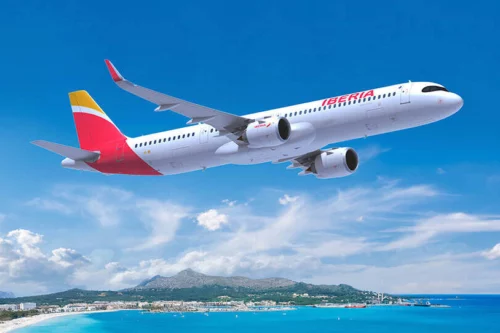
Sorry, what’s an XLR?
In short, it stands for ‘eXtra Long Range.’
When Airbus created the Airbus A321neo by slapping on some new, next-generation engines, it suddenly found it had an aircraft that could fly further than expected when it launched back in the 1980s. It’s all down to fuel efficiency (and a few aerodynamic tweaks), allowing the plane to fly further with the same volume of fuel.
Leaning into this capability, and conscious that Boeing was eyeing a new ‘middle of the market’ aircraft that would sit in between the 737 and 787, Airbus decided to create two sub types: the A321LR and the A321XLR.
The A321LR, as I’m sure you can guess, stands for ‘Long Range’. With the addition of three centre fuel tanks, the A321LR was the first variant to regularly operate routes across the Atlantic. Airlines such as JetBlue, Aer Lingus and TAP Portugal are all making the most of its 4,000nm range.
But 4,000nm only gets you so far when crossing the Atlantic. It’s just about enough to go from the very Western parts of Europe to the very Eastern parts of the United States. Airbus designed the A321XLR to fly further – up to 4,700nm – with an extra rear centre tank. This puts it within spitting distance of 10-11 hour flights although realistically few will push it that far.
The attraction for airlines is that it opens up long, thin routes where the capacity of a widebody aircraft with 300 seats is too much. In Iberia’s case, it will allow the airline to operate all year round to destinations that might otherwise have been seasonal routes if operated by a larger widebody aircraft – something Iberia CEO Marco Sansavini called a “gamechanger”.
Onboard Iberia’s first A321XLR
Iberia has eight A321XLRs on order to ‘reinforce’ its long haul fleet. The first was delivered last week and is now in service, whilst a second aircraft is due in early January. All eight will be delivered by the beginning of 2026, a very tight delivery schedule.
On the outside, it looks like any other A321neo aircraft. Something you’d expect to fly to Madrid or Paris or any number of European destinations.
It’s a different story on the inside. Internally, Iberia has opted for a two-class layout with a total of 182 seats. That’s relatively low for an A321, which can accomodate over 240 in a high-density configuration.
The reason there are ‘just’ 182 seats is that in business class, Iberia is offering proper lie-flat business class seats just as you’d find on its A330 and A350s. These obviously take up signficantly more space than the ‘eurobusiness’ seats you find on short haul aircraft.
14 seats in a 1-1 configuration over seven rows make up the business class cabin:
Although the seat looks consistent with its new A350 business class seat, it’s actually new for Iberia. You can’t just stick any lie-flat business class seat on the A321: due to the different fuselage width versus a widebody it needs to be specially designed.
In this case, Iberia has gone for the Thompson VantageSOLO, the same seat that JetBlue also uses to fly its transatlantic services.
It’s definitely got the same blood running through its veins as the A350 Next seat Iberia introduced in 2023. That means a surprising amount of warm greys, with the odd splash of red inside storage units and on the inflight entertainment screens.
The wood effect side console table helps break up the grey, as do the colour-changing overhead LEDs which cast it in a pink glow on boarding.
One thing to note about lie-flat seats in single aisle aircraft is that they have to contend with a different set of issues versus widebodies. Counter-intuitively, the space between the aisle and the fuselage is actually wider, which necessitates a steeper angle when in a herringbone layout.
This introduces all sorts of issues when designing the seat, including how to get in and out. The easiest way to get around this is simply to stick with an old fashioned inward-facing herringbone, as this means your feet are closer to the aisle and you can get in and out easily.
(The reverse is true on an outward-facing herringbone, and seatmakers going down this route have had to make compromises to make access possible, including slicing off the corner of the seat.)
So, Iberia’s new A321XLR seats face the aisle – making it harder to look out of the window – but they are more comfortable and convenient to get in and out of which is an important consideration. Fortunately, the seats remain very private despite this. Here’s the view when sitting:
Iberia has decided not to install doors on this seat. I have no issue with that, as I find doors most useful when your body or head is close to the aisle. In this case, your head is by the window and your feet are near the aisle so there is no real benefit to having a door.
There’s a surprising amount of storage in the seat, although I notice that Iberia has not opted for JetBlue’s excellent laptop drawer which I loved. A lot of it is open storage, including under the ottoman (perfect for shoes or rucksack):
Next to your elbow is both an open area and a closed storage compartment:
The aircraft also comes with the Airbus XL bins as standard with provide 60% more luggage space. You’ll have more than enough room for your belongings!
There is, of course, an 18″ flip-out inflight entertainment screen provided by Panasonic, very responsive and loaded up with content ready for the long haul flights it starts today. You can even adjust the vertical alignment – perfect for watching something in bed:
You can connect your own Bluetooth headphones or use the wired ones provided. USB-A, USB-C and mains sockets are easily accessible, although I was surprised to find no wireless charging pad.
A large tray table pops out from within the side console. I was pleased to see it was adjustable forwards and backwards, as some of the older seats with this mechanism are not.
If you’re someone who hates foot cubbies then despair not, as this seat has one of the widest and most generous I’ve seen in a while. I did flip the seat into bed mode briefly and was comfortable, although I hope Iberia supply mattress pads on long haul flights to even out the sleeping surface. There is a suprising amount of space at shoulder level thanks to this big cut out:
…. although, as a side sleeper, there was less room for my knees to knock about than a reverse herringbone seat on a widebody.
One thing I did notice is a suprising amount of motion transference when people walked past my seat, far more than I would expect on a widebody. Whether this is an issue on a single-aisle aircraft or specific to this seat, it’s something to look out for.
You’ll be pleased to know that overhead air vents have been retained, something you find less and less of on widebody jets these days but can be a real lifesaver when the crew decide to turn the cabin into Death Valley.
Unlike JetBlue, Iberia has decided not to offer an extra spacious ‘business plus’ front row. In fact, Row 1 may be the most uncomfortable seat in the cabin. Although it has an additional, large console table the entry and exit into the seat is very narrow – much narrower than the other seats. Even I struggled to get in and out, and whilst I’m tall I’m not big!
To compromise or not to compromise?
Long haul flights in narrowbody aircraft are always something of a compromise. Whichever way you slice it, there is simply less space both for passengers and crew, who have much smaller galley areas to work in.
There are also fewer lie-flat business class seats available, with seat manufacturers only starting to turn their sights on this nascent (but growing) market. On top of that, the size of the fuselage makes it difficult to craft a seat that’s comparable to what you’d expect on a widebody.
So, there are compromises: the aisle-facing seats being one of them, which are reminscent of Virgin’s 22-year-old Upper Class seat. That means quite a narrow width, especially around the knees when in bed mode, which might be an issue for side sleepers.
There’s the very large, but not particularly useful side console table which is a distance away from you and slightly round the corner – you wouldn’t be able to perch a laptop on here and still use it, for example.
In terms of fit and finish, the curving form of the seat shell is an elegant detail, although the rest of the seat maintains the plain warm grey tones of the A350 Next seat. A brown-grey mattress pad doesn’t help much in adding colour, although new amenity kits inspired by Iberia’s stunning blue uniforms with red and yellow trim are a step in the right direction. I would love to see the pillow and blanket take this theme on.
Compared to Iberia’s new A350 seat, it just isn’t quite as spacious. But that’s comparing apples and oranges. The A321XLR does not compete against the A350 or A330; the whole point of the variant is that it opens markets that previously weren’t sustainable.
In this sense it is a roaring success, allowing Iberia to keep serving routes such as Boston and Washington DC during the winter period when it would not otherwise have made sense. A direct flight on the A321XLR is miles better than a connecting flight or no flight at all. In that regard it is a useful addition to Iberia’s fleet.
Where and when can I fly the A321XLR?
Today, Thursday, marks the aircraft’s long haul debut with an initial daily service to Boston.
When Iberia gets its second A321XLR it will launch flights to Washington DC. Beyond that, no further route announcements have been made.
Iberia’s sister airline Aer Lingus is also soon to take delivery of this new variant. It will also use it for flights to North America, including Indianapolis and Nashville from next spring.



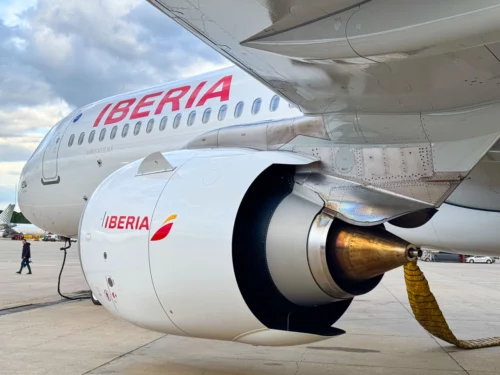

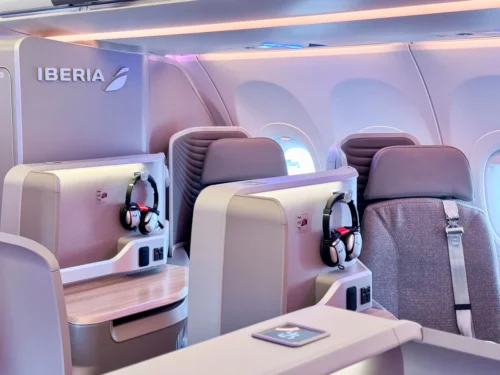

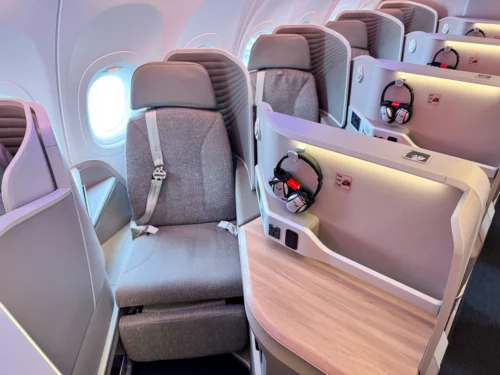
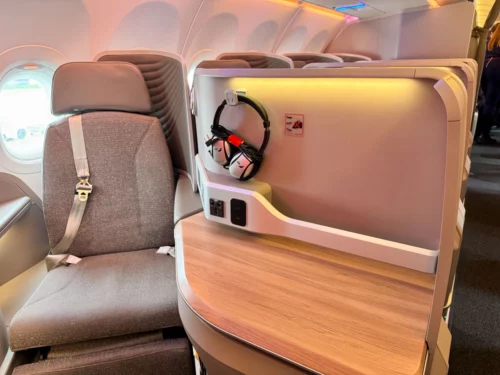
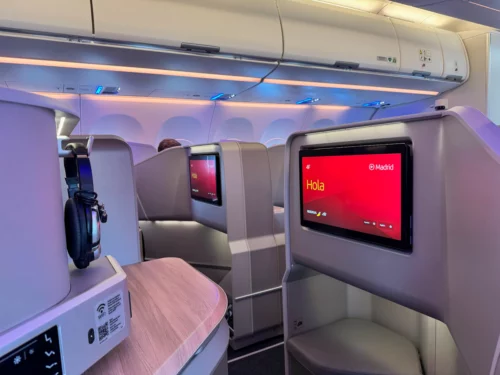
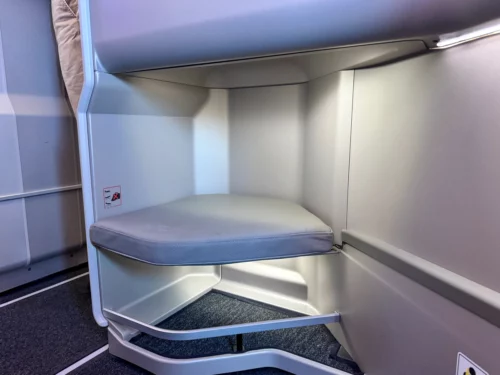
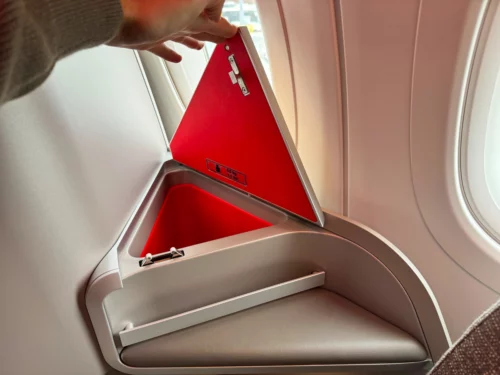
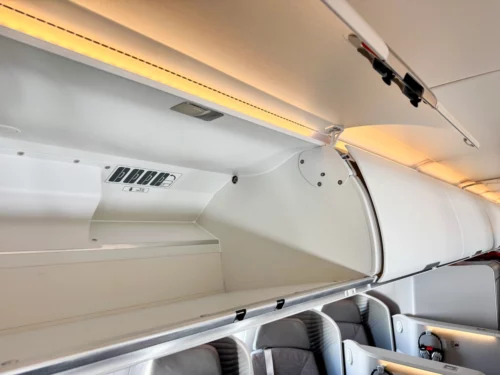
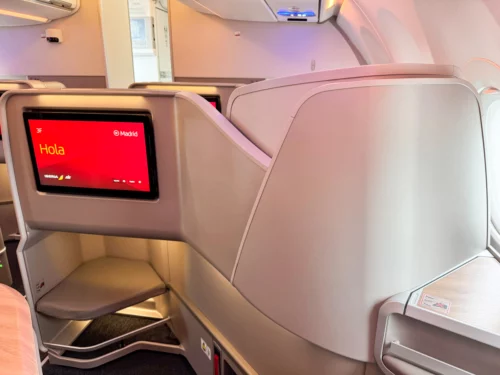
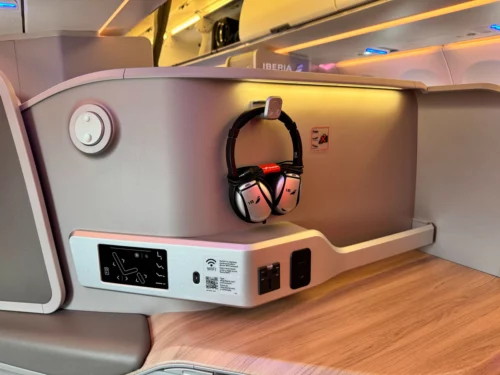
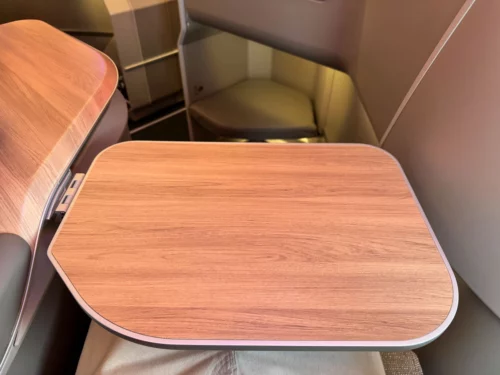
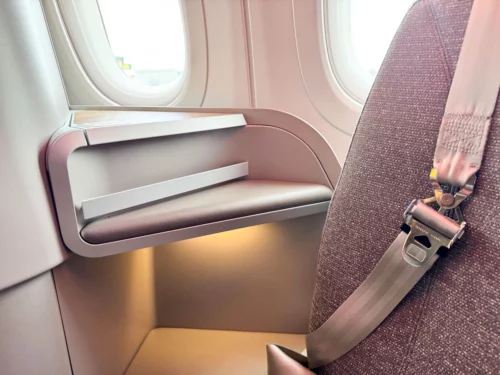
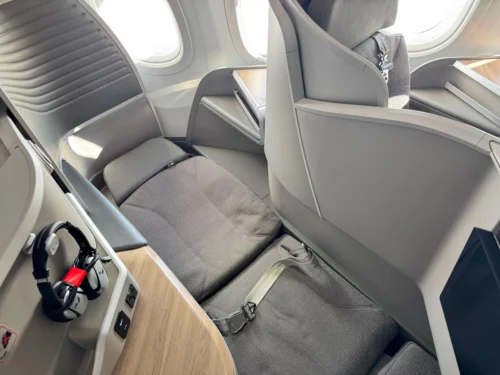
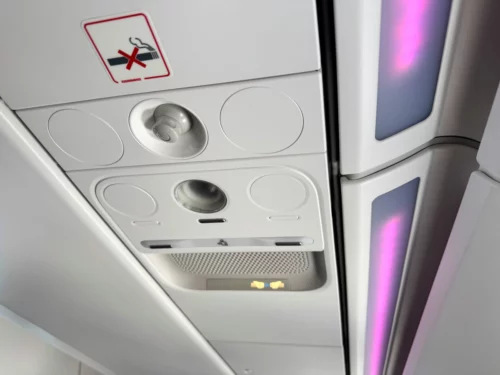
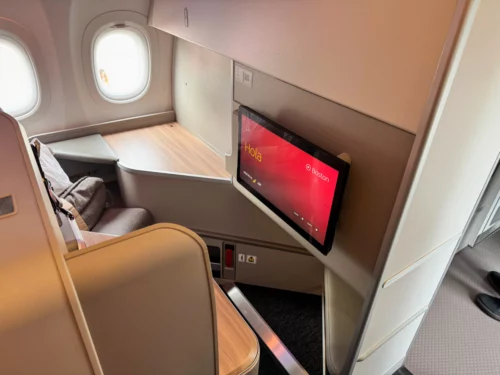
 Rhys
Rhys 





Comments (92)